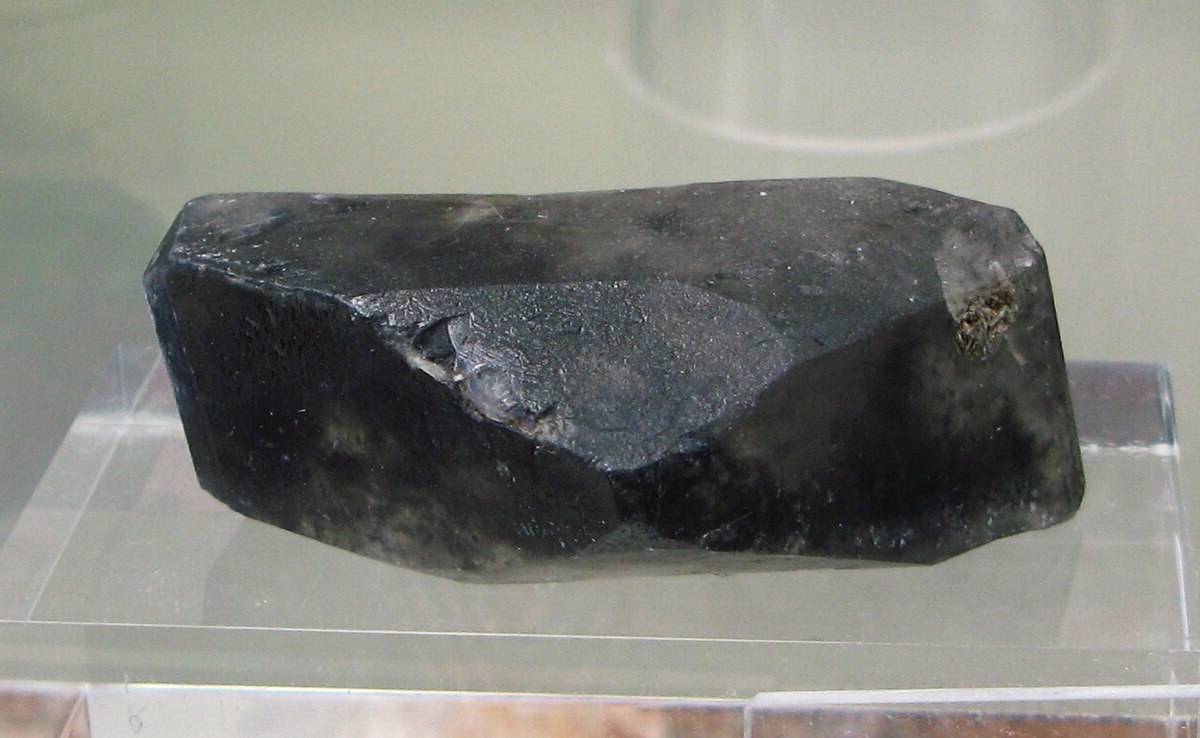
Blödite might sound like a strange word, but it's actually a fascinating mineral with some unique properties. Found in evaporite deposits, this mineral is composed of sodium, magnesium, and sulfate. Blödite often forms in arid regions where water evaporates quickly, leaving behind a crusty layer of minerals. Its crystals can be colorless, white, or even light shades of blue and pink. This mineral isn't just a pretty face; it has practical uses too. It's used in agriculture to improve soil quality and in the chemical industry for various applications. Ready to learn more about this intriguing mineral? Let's dive into 30 amazing facts about Blödite!
Key Takeaways:
- Blödite is a unique mineral found in saline lakes and salt flats, with practical uses in fertilizer, water treatment, and the textile industry. Its solubility in water makes it a subject of interest in geochemical studies.
- Named after German mineralogist Karl August Blöde, Blödite is a hydrated sodium magnesium sulfate mineral with a vitreous to pearly luster. It forms in evaporite deposits and has been found in various locations worldwide.
What is Blödite?
Blödite is a fascinating mineral with a unique chemical composition. It’s not just a pretty face in the mineral world; it has some intriguing properties and uses. Let's dive into some interesting facts about this mineral.
- Blödite is a hydrated sodium magnesium sulfate mineral.
- Its chemical formula is Na2Mg(SO4)2·4H2O.
- Named after German mineralogist Karl August Blöde, who first described it in 1821.
- Blödite typically forms in evaporite deposits, which are layers of minerals left behind after water evaporates.
- It often appears in saline lakes and salt flats.
- The mineral can be found in colors ranging from colorless to white, sometimes with a hint of yellow or blue.
- Blödite crystals are usually tabular or prismatic in shape.
- It has a vitreous to pearly luster, giving it a shiny appearance.
- The mineral has a Mohs hardness of 2.5 to 3, making it relatively soft.
- Blödite is soluble in water, which means it can dissolve easily.
Where Can You Find Blödite?
Blödite is not just found anywhere. Its occurrence is tied to specific geological conditions. Here are some places where you might come across this mineral.
- Significant deposits of Blödite are found in Chile, particularly in the Atacama Desert.
- It also occurs in the Great Salt Lake in Utah, USA.
- Blödite has been discovered in the Searles Lake in California.
- The mineral is present in the Dead Sea region, shared by Jordan and Israel.
- It can also be found in saline lakes in Western Australia.
- Blödite has been identified in evaporite deposits in Spain.
- Some deposits are found in the Salar de Uyuni in Bolivia, the world's largest salt flat.
- It also appears in the saline environments of the Caspian Sea region.
Uses and Applications of Blödite
Blödite isn't just a mineral for collectors. It has practical applications in various fields. Here are some ways it’s used.
- Blödite is used in the fertilizer industry due to its magnesium and sulfate content.
- It serves as a source of magnesium in various chemical processes.
- The mineral is used in the production of Epsom salts.
- Blödite can be used in water treatment to remove impurities.
- It has applications in the textile industry for dyeing and printing fabrics.
- The mineral is sometimes used in cosmetics for its soothing properties.
- Blödite is also used in the paper industry as a bleaching agent.
Interesting Facts About Blödite
Blödite has some quirky and lesser-known facts that make it even more interesting. Here are a few.
- Blödite can form pseudomorphs, where it replaces other minerals while retaining their shape.
- It can sometimes be found in association with halite, another evaporite mineral.
- Blödite is often studied for its crystallography, which helps scientists understand mineral structures.
- The mineral can sometimes form efflorescence, a crystalline deposit on surfaces.
- Blödite's solubility in water makes it a subject of interest in geochemical studies.
Final Thoughts on Blödite
Blödite, a fascinating mineral, holds a unique place in the world of geology. Its distinct crystal structure and formation process make it a subject of interest for both scientists and collectors. Found in evaporite deposits, this mineral often appears in arid regions where water evaporation leaves behind concentrated salts. Its uses extend beyond mere curiosity; blödite plays a role in agriculture as a fertilizer and in various industrial applications. Understanding blödite's properties and origins not only enriches our knowledge of Earth's geological processes but also highlights the interconnectedness of natural resources and human activities. Whether you're a geology enthusiast or just curious about the natural world, blödite offers a glimpse into the intricate and often surprising ways minerals impact our lives. Keep exploring and you'll find there's always more to learn about the hidden gems beneath our feet.
Frequently Asked Questions
Was this page helpful?
Our commitment to delivering trustworthy and engaging content is at the heart of what we do. Each fact on our site is contributed by real users like you, bringing a wealth of diverse insights and information. To ensure the highest standards of accuracy and reliability, our dedicated editors meticulously review each submission. This process guarantees that the facts we share are not only fascinating but also credible. Trust in our commitment to quality and authenticity as you explore and learn with us.


